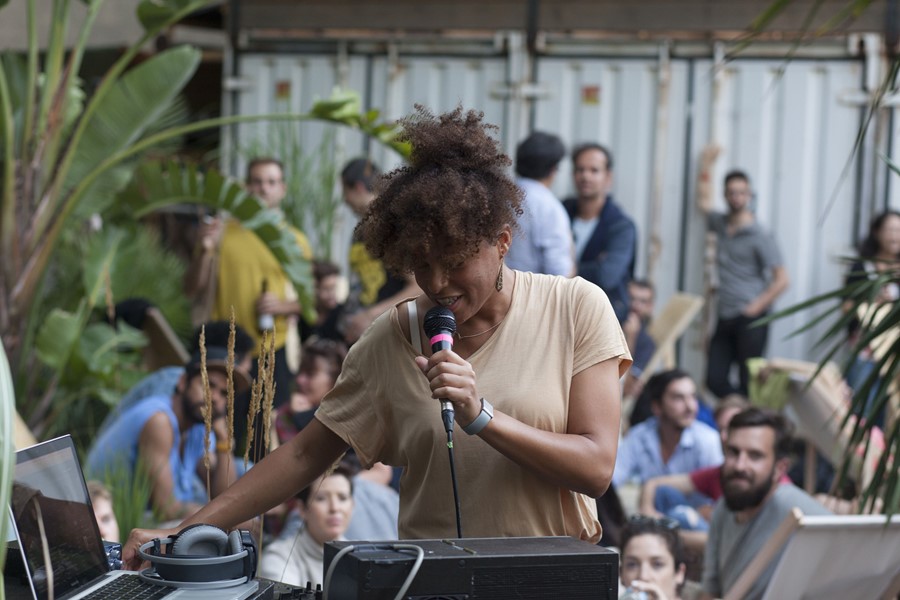Ahead of the Ten Days, Six Nights exhibition opening tomorrow at Tate Modern, we chronicle five key artists whose work you won't want to miss
“It was Robert Rauschenberg who said it: ‘a refusal to settle’. I don’t really believe in things being fixed – and art so often implies that you come to a final point and that something is fixed as an object,” explains Tate’s Senior Curator of Performance Catherine Wood on why the medium so rouses her. “I’ve always been interested in what’s going on around the making of work and I’m interested in how art can register the fact that life is always in motion. And for me, there is a political dimension to that, in the sense that things can be changed.”
It seems fitting, then, that 2017 was the year that Wood (alongside Andrea Lissoni, the institution’s Curator of Film) chose to showcase a pioneering programme of live art, undeniably in tune with today’s highly politicised landscape. “I think a big part of it comes hand-in-hand with artists who are interested in shared experiences and networks of communities,” says Wood. The ten-day exhibition, aptly titled Ten Days, Six Nights, is the first of its kind at the gallery and consists of daytime installations and six nights of performances spanning across film, sound and dance. With the opening of the Tank spaces last summer, the spirit of Tate shifted, placing an increased focus on how art became active after the 1960s. Ten Days, Six Nights – which will occur on an annual basis – feels like a culmination of this shift via an in-depth exploration of the way that the contemporary generation of performance artists work.
“There were all kinds of challenges actually,” says Wood of the inevitable difficulties that present themselves when assembling an exhibition of this kind. “Because when you are working with a building designed to hang painting and house sculpture, the whole architecture is set up for that. But then all the artists that we are working with on this particular exhibition want to bring in moving water vapour, plants, fungi, moss, tasers, very loud sound...” Well, if this isn’t enough to peak your interest, then look no further than our list of five must-see artists whose work you’ll certainly want to catch over the exhibition’s duration.
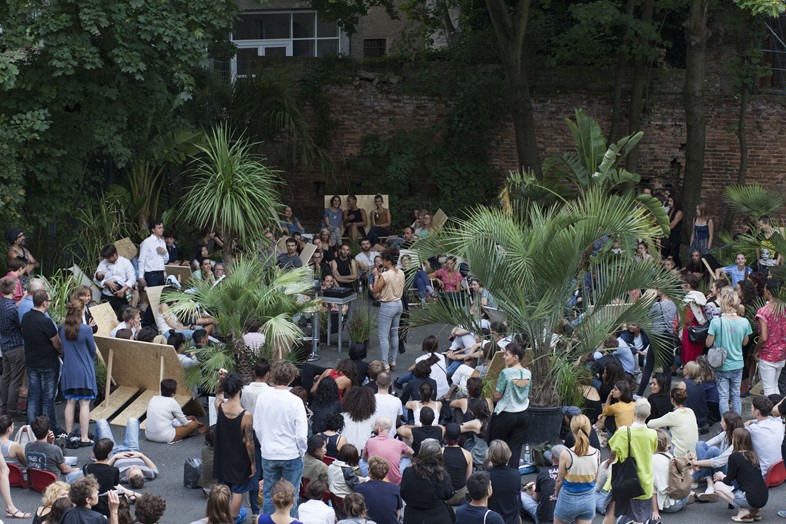
1. Isabel Lewis
Isabel Lewis’ practice investigates the role of artist as host. Her work focuses on ‘Occasions’ (sensory occupations of spaces that visitors can enter and exit freely), as a rejection of traditional institutional exhibition formats – often alienating experiences for many. For Ten Days, Six Nights, Lewis hosts the first of six site-specific ‘Occasions’ in the Tanks: a celebratory gathering of things, people, plants, music, scents, food, conversation and dance.
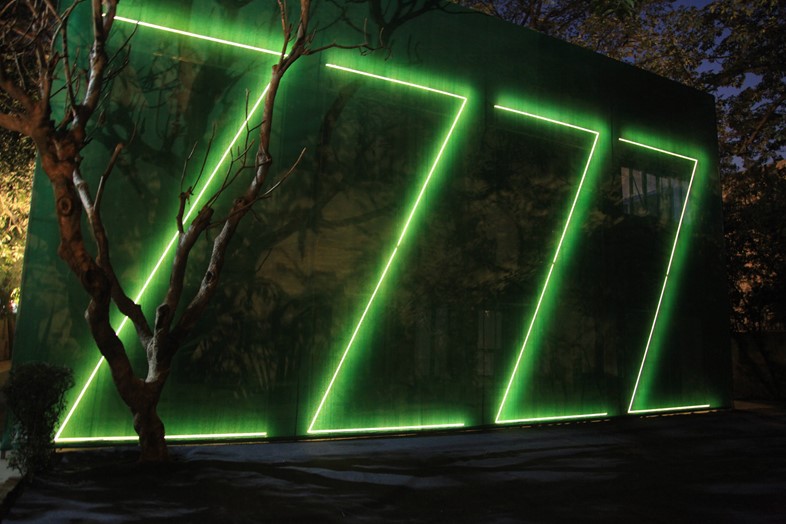
2. CAMP
CAMP is a studio collective founded in Mumbai in 2007 by artist and filmmaker Shaina Anand, software programmer Sanjay Bhangar and architect and artist Ashok Sukumaran. Together, they explore how digital technology shapes our ability to communicate and connect, through video, film, electronic media and public art. CAMP will occupy the Transformer Galleries and the East Tank as a space to share Could Have Beens, a selection of rarely-seen installations that rework systems of electricity, proposing alternate socio-tecnological scenarios.

3. Wu Tsang & Fred Moten
Poet and academic Fred Moten and artist Wu Tsang – whose work examines the practices amongst queer and trans communities – present Gravitational Feel, a sculptural performance using fabric and sound to explore the social and physical significance of touch and voice. Moten and Tsang began collaborating in 2014 through a long-distance experiment in communication, during which they left voicemail messages to each other over a period of two weeks. Their ongoing collaboration examines the poetics of intimacy.
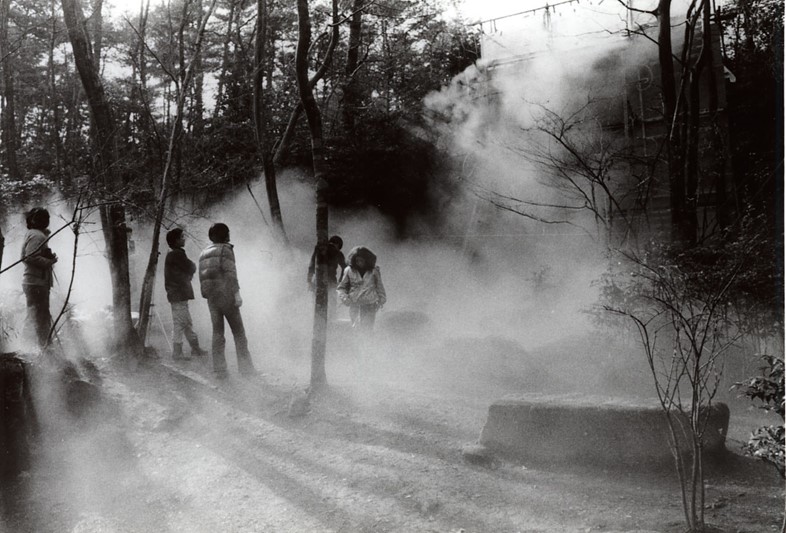
4. Fujiko Nakaya
Fujiko Nakaya will transform the South Terrace for the first time with an immersive fog sculpture, animated by a light and soundscape made in collaboration with Nakaya’s historic collaborators: Ryuichi Sakamoto, Shiro Takatani and dancer and choreographer Min Tanaka. Fujiko Nakaya’s work acted as a starting point for the curation of the exhibition, her work made during the 1970s a pre-cursor to many of the other artists’ practice who are included in the programme.
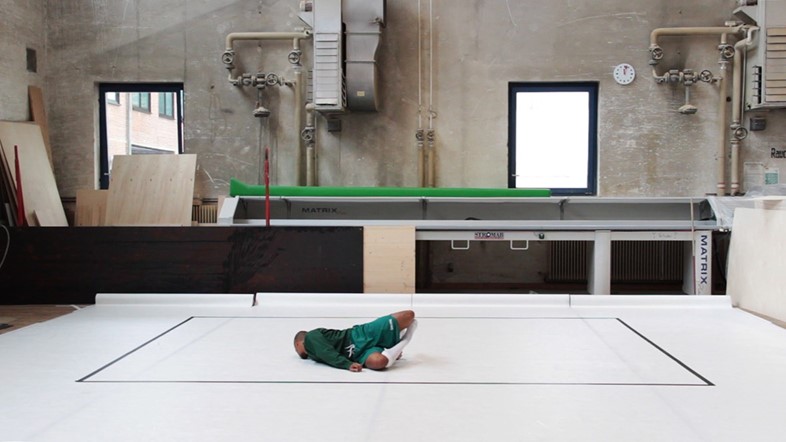
5. Paul Maheke
In the South Tank, London-based artist Paul Maheke presents a brand new performance, combining multi-layered video projection with dance, sound, and live percussion. The work is titled Mbu (meaning ‘ocean’ or ‘sea’ in Lingala, a Bantu language spoken in the Democratic Republic of Congo, and mother tongue of Maheke’s father, whose singing features in the soundtrack). With this performance, Maheke approaches the queer black body as an archive, using it as a pathway to knowledge and information.
BMW Tate Live Exhibition: Ten Days, Six Nights runs from March 24 – April 2, 2017.
